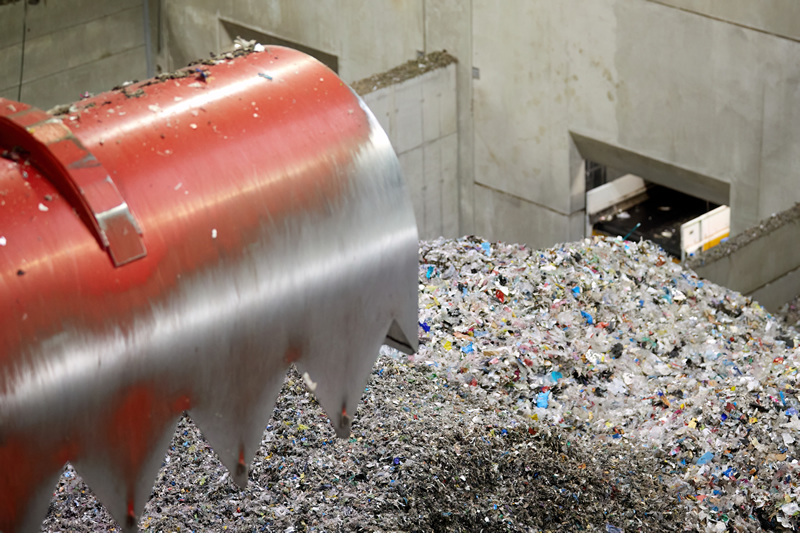Energy From Waste Combined With Carbon Capture & Storage
30
Deploying Carbon Capture and Storage (CCS) in the UK’s Energy from Waste (EfW) sector could deliver significant economic and environmental benefits. According to a new report by ERM, commissioned by Viridor, this initiative could attract £19 billion in investment by 2050, create over 14,000 green jobs, and generate nearly £40 billion in Gross Value Added (GVA). These developments are expected to stimulate further CO2 transport and storage infrastructure, providing a boost to the UK’s historic industrial regions and aligning with the government’s regional growth strategies.

The Role of CCS in Decarbonisation
ERM’s report highlights CCS in EfW as a pivotal component of the UK’s path to net zero. By integrating CCS technology, EfW facilities could dramatically reduce carbon emissions, achieving near-zero levels or even "negative emissions" by removing more CO2 from the atmosphere than they produce. This innovative approach not only addresses climate targets but also creates opportunities for sustainable economic growth, positioning EfW as a cornerstone in the UK’s decarbonisation strategy.
How CCS Works in EfW Facilities
CCS in EfW facilities employs Carbon Capture, Usage, and Storage (CCUS) technology to permanently remove CO2 from the atmosphere. The process begins with waste being incinerated to generate energy, producing flue gas that contains carbon dioxide. The flue gas is then cooled and treated to remove contaminants before entering an absorber column. Here, a chemical reaction extracts the carbon dioxide, which is subsequently dehydrated, compressed, and transported via pipelines for long-term storage.
Economic and Environmental Potential
The integration of CCS in EfW offers dual benefits:
- Economic Growth: CCS could generate substantial investment, green jobs, and economic value, especially in regions historically dependent on industrial activities.
- Environmental Impact: The technology’s ability to achieve negative emissions makes it a crucial tool for meeting the UK’s net zero targets by 2035.
Roadmap to Deployment
The report identifies 30 EfW assets that are well-positioned to deploy CCS by 2035. Key developments include:
- Protos ERF and Viridor Runcorn: Two EfW facilities are currently in negotiations for UK government funding to deploy CCS by 2027.
- Additional Projects: Four more facilities have applied for government funding under competitive schemes.
- CO2 Hubs and Shipping Development: Establishing CO2 hubs in Teesside and Merseyside, with future expansion to areas such as Grangemouth and Humber, and developing CO2 shipping hubs in Medway and Avonmouth.
Conclusion
By integrating CCS technology into the EfW sector, the UK has an opportunity to lead in sustainable innovation while addressing critical climate targets. The potential for economic revitalisation, combined with substantial reductions in carbon emissions, underscores the importance of investing in CCS as a transformative solution for a greener future.
#Protea #Emissions #Monitoring #CEMS #FTIR #Gas #Analysers #Shipping #Marine #Carbon #Capture
Other Articles
Global Underground CO2 Storage Data Offers Hope Amid Rising Emissions
01
IMO Postpones Adoption Of Global Net-Zero Shipping Framework
04
Pioneering Carbon Capture Projects Ready For Construction
03
Methanol & Ammonia Deemed Ready As Zero-Emission Shipping Fuels
01
Carbon Capture Storage Reaching A Turning Point In Decarbonisation
13
CCS To Capture 15% Of Shipboard Carbon Emissions By 2050
29
Global Shipping Industry Struggles To Navigate Net Zero Transition
21
Carbon Capture Surges as Economics Policy & Industry Demand Align
14
GHG Emissions At Ports On The Rise Despite Initiatives
07
Carbon Capture Utilisation & Storage In A Nutshell
30